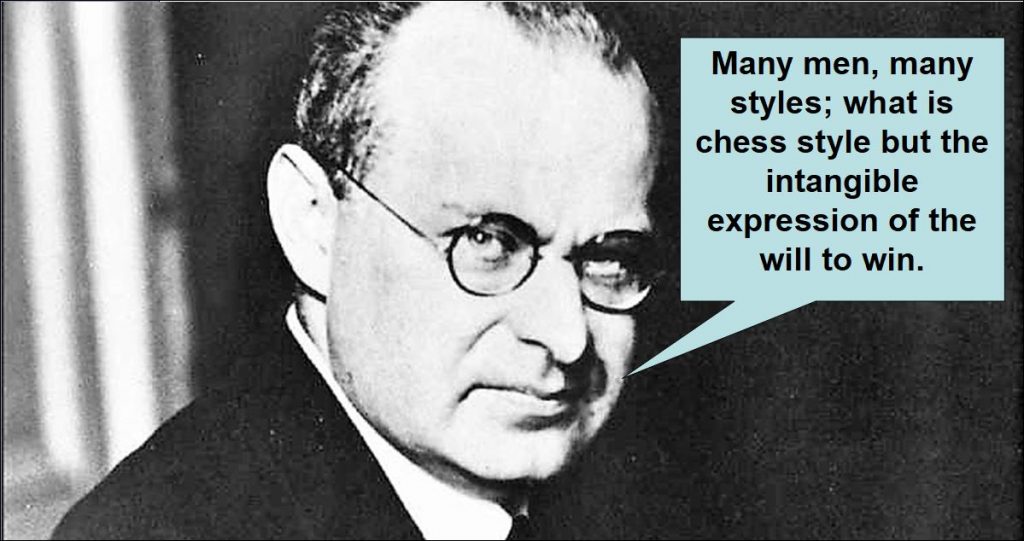
“Many men, many styles; what is chess style but the intangible expression of the will to win. – Aaron Nimzowitsch”
I must admit that when I saw the first video, I was quite surprised by the change of fashion! Last time I saw GM Mueller he was without a beard, now he looked like Steinitz! And my next thought was: “Now he will say the King is a powerful piece and show example after example where the King wins especially in the endgame!”

To define a player as strategic or technical, doesn’t really defines it well, we need more types to be able to describe a chess player. Intuition, Logic, Facts, General Concepts are categories used to describe workers, which can be applied to chess.
Mueller says there are two types of tactical players, Activists and Pragmatic, he is an Activist. There are other categories considered in this work: Theorists and Reflectors.
These categories are based on a book he wrote with GM Engel in 2019
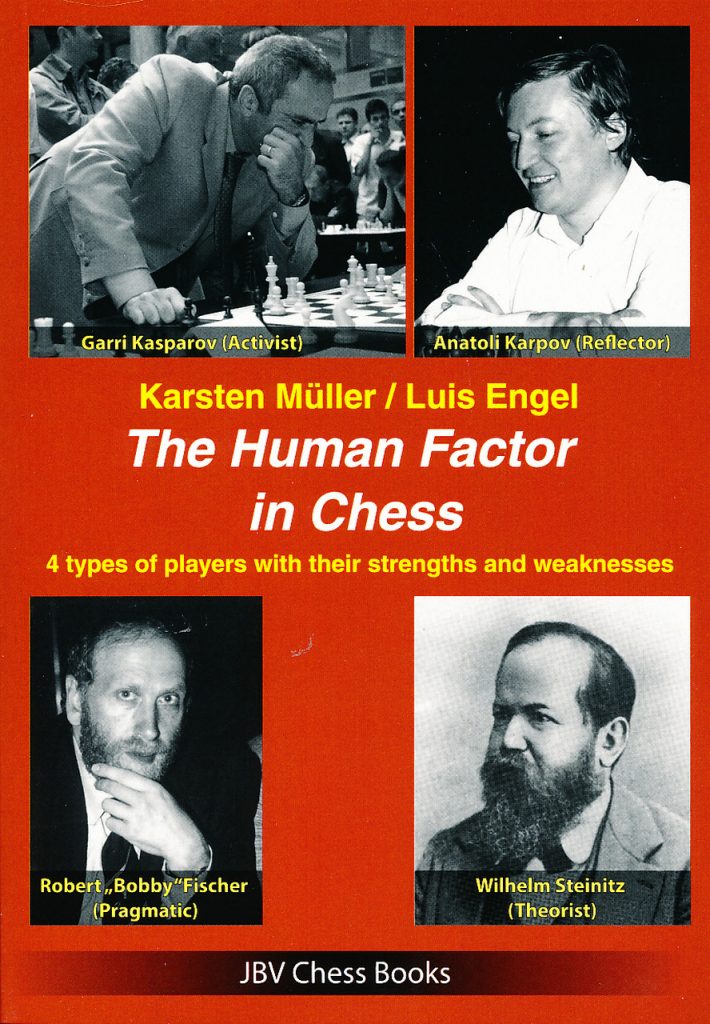
(here you can read the review: https://chessnewsandviews.com/the-human-factor-in-chess/), which in turn was based on another book… I know it seems a matrioska, we open one and find a smaller one…in any case the book which had these models was Lars Bo Hansen: Foundation of chess strategy.
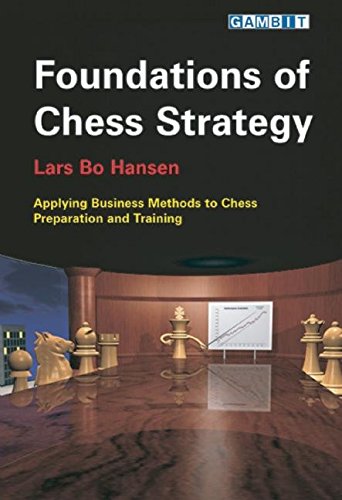
Yet this idea of categorizing chess players is not new. GM Seirawan in another old book: “No regrets Fischer Spassky 1992” also categorize the players:
“1) tacticians,
2) positional players,
3) strategists, who have both tactical and positional skill
4) the highest level, the builders,”
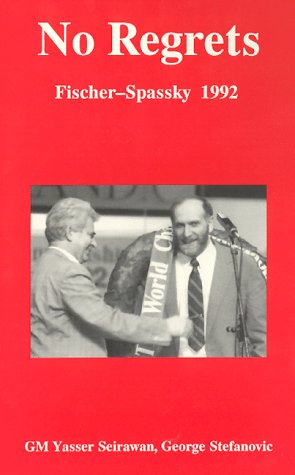
In the introductory video GM Engel says in order to find out which type of player you are, one needs to know which are the strengths or weaknesses, which types of positions one likes to play and which not. But also the type of openings we like to play can give an indication on the type of players we are. This work on ourselves, made on what we learn from this DVD, will give us an improvement in our chess, and our tournament results. Because once we know the type of players we are, then we can also know the type of training we need! This introspective journey into the knowledge of who we are as players, can be done also when preparing for a tournament, if we will meet the usual opponents, because they also have a style, and such style can give us some hints on how to win them, since it will show us their weaknesses.
How we find out what type of players we are… ?
Let’s begin to list the trait of the “activist” to which is dedicated the first section of the DVD.
“Activists rate initiative and attacking options relatively high and material values lower.
One of their usual strengths is the concrete calculation of lines based on intuitive evaluation.” (please keep in mind I cannot really copy all that was said in the over 6 hours on the DVD, this is a review, so it could seem the authors are superficial, when they are not – and they go into more details that I can)
Reading this definition the player who comes to mind as activist is Kasparov, yet he had to change his style, because the first match against Karpov had a disastrous result. Kasparov had to become self-aware of his style and how it was neutralized by Karpov.
Speaking about myself, since I’m not a professional chess player, and likely most of the people interested in this dvd are like me, at the moment I believe I’m not calculating well, and cutting some candidate moves too early, or not even considering them. I feel this is not a character trait but something which can be improved through exercises. In fact Chessbase had some DVDs to help with calculation.

The young Mikhail Tal was a hyper-activist, and the first position shown comes from a game Botvinnik vs Tal
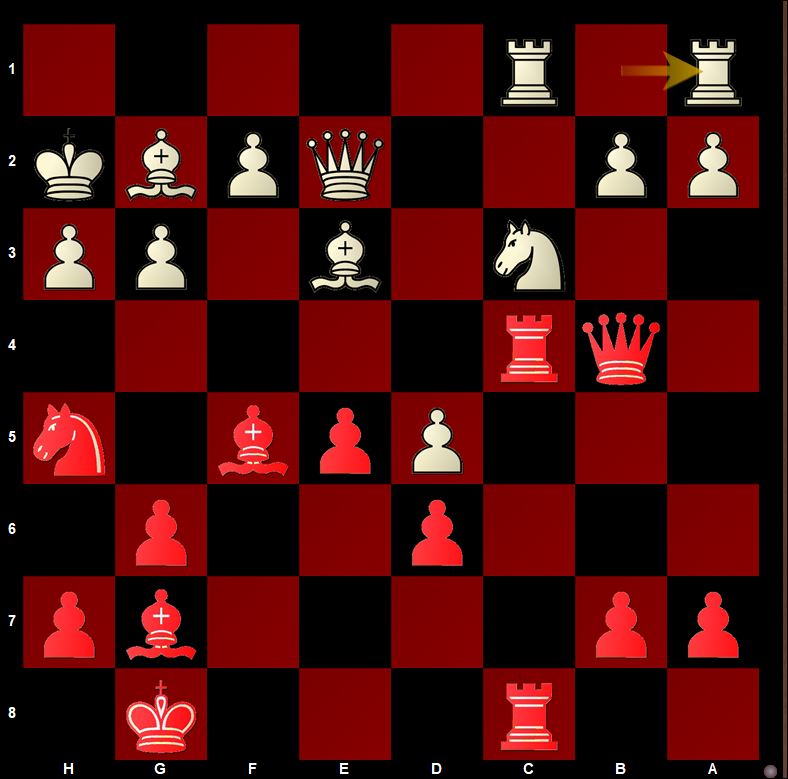
You can insert this FEN code into your favorite engine, and play this position against it.
(2r3k1/pp4bp/3p2p1/3Ppb1n/1qr5/2N1B1PP/PP2QPBK/R1R5 b – – 0 21)
Black to play, how would you continue??
Botvinnik said when Tal sacrificed one should take the material and figure out why the sacrifice was bad. Yet in this position, over the board, the great Botvinnik was unable to find the refutation.
Who are the pragmatic defenders? Mueller mentions Kortchnoi and Karjakin. Few years ago I remember a beautiful Chessbase DVD on Karjakin, however, what I remember are his combinations, real slight of hand, magical tricks which would destroy the opponent.
GM Engels mentions he had problems to understand the games of the “reflectors” this is quite interesting, because it could also show why when we watch a game we cannot understand the moves of that player.
Once more the wealth of positions shown, is quite useful in giving us insight upon how to think in chess. For example in the following position White needs to decide if Bf3 or Pf3 are the move to play. The problem is the Be5 which can give a discovery check.
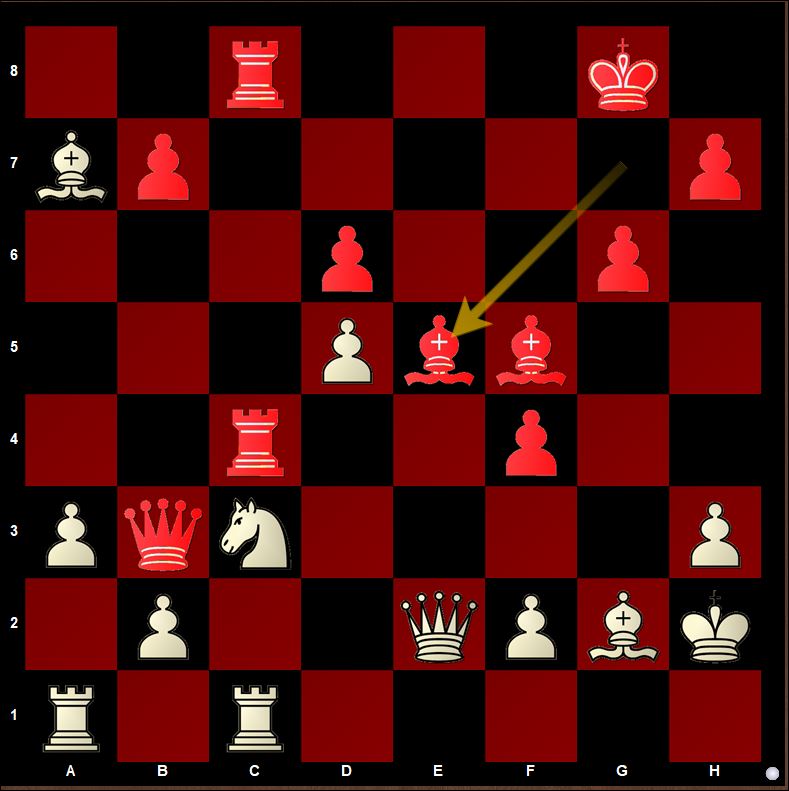
2r3k1/Bp5p/3p2p1/3Pbb2/2r2p2/PqN4P/1P2QPBK/R1R5 w – – 0 25
GM Engel here said Intuition cannot help us, and to decide upon this move, one needs to calculate.
By the way, in the introductory video they mention there is a 16 players type model, which they think just increases the complexity, without helping one define the players he encounters.
To the Activists are dedicated 3 sections of the DVD. The first video is dedicated to explain their characteristics, and then it continues with explaining their strengths. But the explanation goes in depth also for the endgame phase, because the activists do show some significant characteristics. Who are the world champions defined as activists? Alekhine, Tal, Spassky, Kasparov, Anand.
For those interested in deepening the knowledge of these champions, Chessbase has created some DVDs which collect all the games, opening repertoires, endgames and other important chess knowledge about them.

An interesting fact Mueller mentions is that young players start as activists and then progress to pragmatic due to playing experiences. Now if this is true, then the type of the player is not fixed, and then it becomes difficult to understand in which phase the player is in, especially for those who are not GM level players.
While analyzing some games GM Mueller pointed out sometimes the best computer move, is not actually the best for us humans, because it doesn’t give us any counter-play.
After the 3 big sections on Activists, the DVD continues with Theorists.
Steinitz, Botvinnik, and Kramnik are the world champions labeled as theorists.
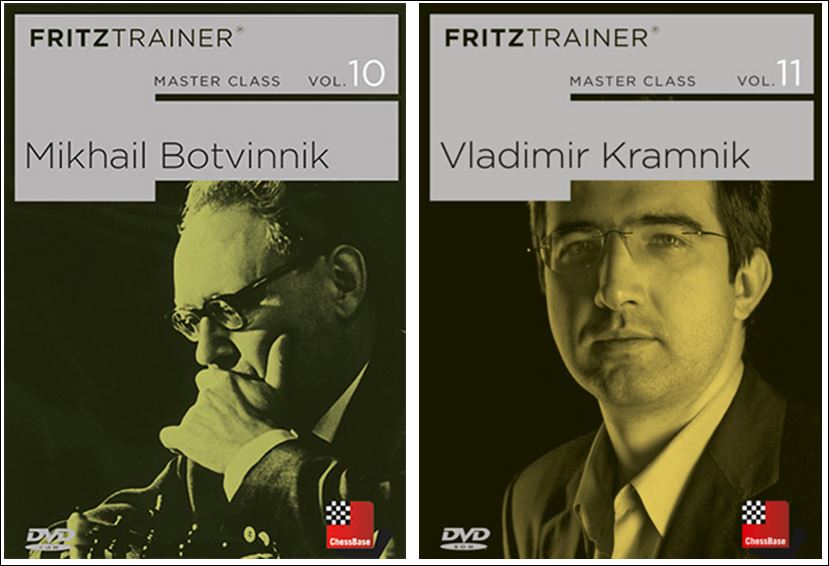
They see the game as concrete and are always calculating lines. As always in the videos there is a wealth of information upon what are theorists features, weaknesses and strengths. This can be useful because one can watch the games of the above mentioned champions under this new lens. One of the features one could be looking for regarding theorists is their extreme familiarity with their structures, the associated maneuvers and plans.
Then there is the part on Reflectors. The world champions for this type of players are: Capablanca, Smyslov, Petrosian, Karpov, Carlsen.
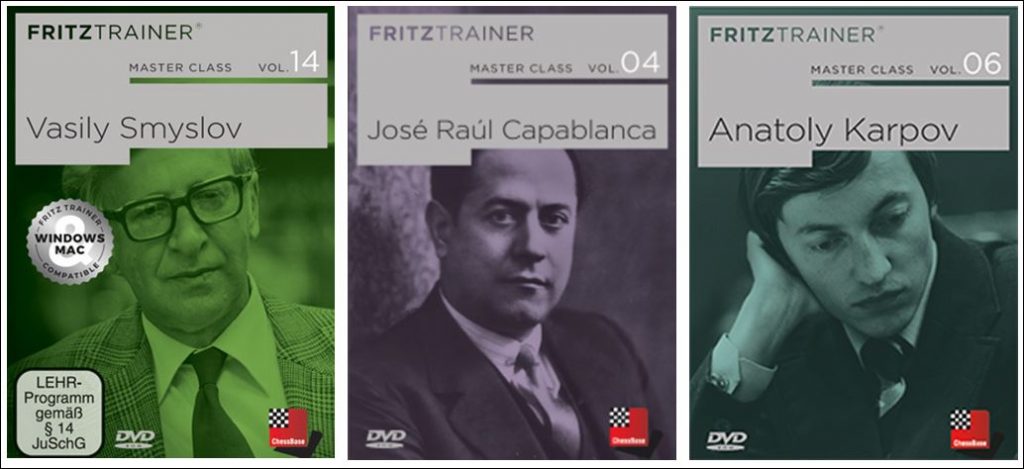
Their features can be described in this way: “they have a very deep understanding of the game, and recognize relevant patterns that remains hidden from everyone else. They have a very fine feeling for the harmony and coordination of the pieces. In addition they are very good when it comes to restricting the opposing pieces more and more disrupting their coordination.” I can go on and on, but it is better to get the DVD and listen it directly from the authors.
The last part is about Pragmatics. Who are the world champions for the pragmatics? Fischer, Euwe and Lasker.
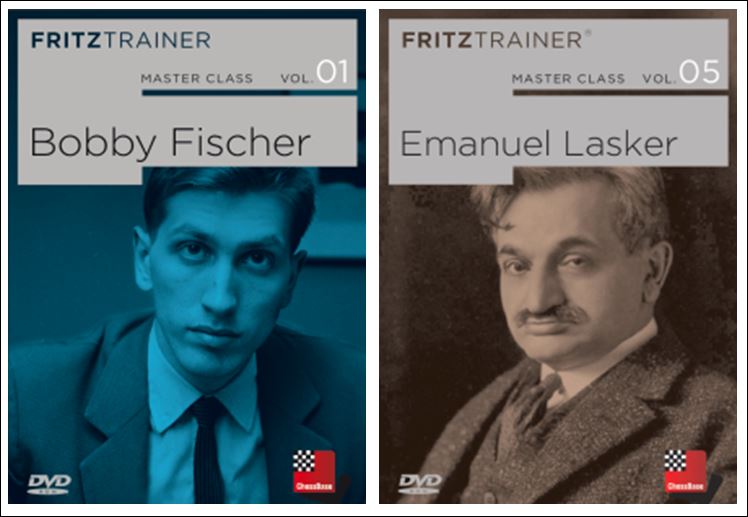
They are characterized by the fact they calculate long lines accurately, and rarely blunder. They create problems over the board which are very difficult to solve. And thanks to their calculations skills they are willing to take material and let the opponent prove they were wrong.
The DVD has 60 games which are representing the different types of players, and who are used by the authors to explain the different characteristics as well as give some tests.
Pro and Con: While this model may be true for professional players, GM and IM levels, maybe is not true for the average club player who has a faulty knowledge of middlegame themes, many of which discussed in many DVDs published by Chessbase under one of the best trainers: Mikhalchishin.
In those DVDs I often felt the huge difference between me as player and those Mikhalchishin referred to. A faulty knowledge of what to do and how to play against an Isolated Queen Pawn (IQP) would definitely falsify the result of trying to find in which category a player falls into.
And then there is another huge problem, in the Open tournaments where I play the strength of the players is not well reflected either. Everyone hates to play young opponents because they are growing fast and their rating doesn’t reflect their strength. A master level player went to India to visit family, and play some tournaments there, when he returned back he told me: “from 1800 to 2200 they all play the same!!” Meaning their rating didn’t reflect their skills and all the games were going on more than 4 hours, because they weren’t decided in the opening or middlegame phase. (It seems one of the problems for some players is to be able to compete in FIDE rated tournaments)
Another important point could be calculation. I have played several correspondence games online, trying to create a set of questions which would bring me to the perfect candidate moves, and from such selection the right move to play. The engine, be it Stockfish or Fritz often would dismantle my selection of candidate moves based on the Engine power of calculation. Often the new engines reach depth 40!! Within minutes. And they refute my 3-5 move lines very easily. My point here is that brute force calculation can outsmart the knowledge of the types of players.
But also for GM level players, I’ve noticed some lose strength with aging. Recently in some norm tournaments in Hungary the GMs playing are rated around 2300. These old GMs are often beaten by young FMs and IMs looking for norms. Once more comes the question: is it possible the brain aging, becomes slower, and as such a GM player loses strength, proving the player’s type is totally in-influent over the result or preparation for the game?
Speaking of the DVD I like to listen to both authors explaining their ideas on the different types of players and show a lot of different positions, and the insight they had upon human chess players, often compared to the engines. However, in the book I reviewed there were more exercises, which gave the reader a chance to discover the type of player he is, under the different parts of the game we need to master. In the book there were endgame exercises, calculation exercises etc. all to show what a certain type of player would play in that particular position.
Final Thoughts: I consider chess a mirror and a spiritual journey. A mirror because it reflects our true image, our defects, our illusions, our worst fears. It is definitely a spiritual journey. Why spiritual? Because it cannot be seen. The fears, feelings of triumph, or disappointments we have during a game, they cannot be seen, it is an on going war within us, and thanks to chess we discover our traits. This DVD is a good product for those interested in throwing light upon one aspect which is neglected, since we are all studying openings 24/7! Please keep in mind to do justice to this deep topic and how long the two authors have worked on it, a bigger and longer review would be needed.
This is the link to the DVD on the Chessbase site: https://shop.chessbase.com/en/products/engel_mueller_player_types_model?Ref=RF70-5OH0EFN840
